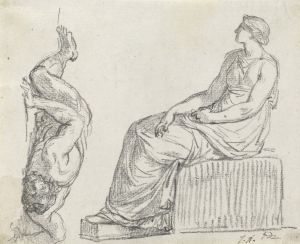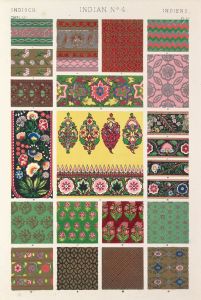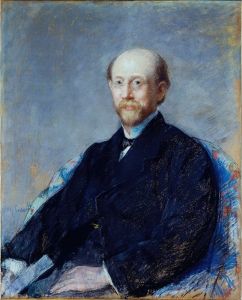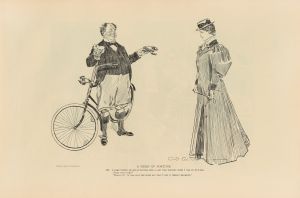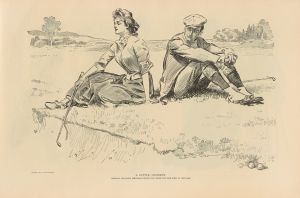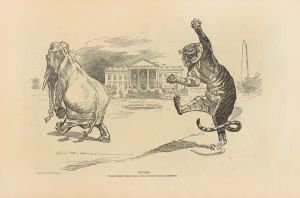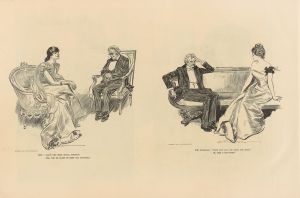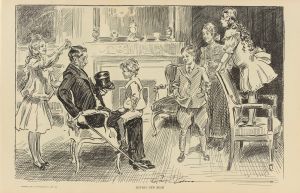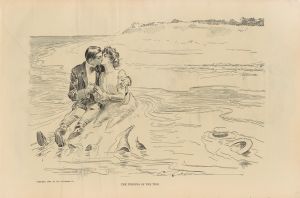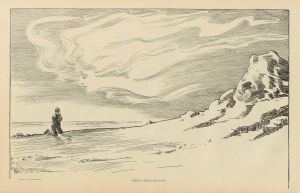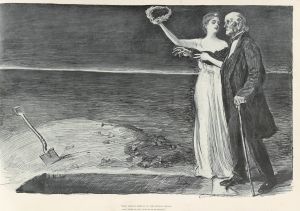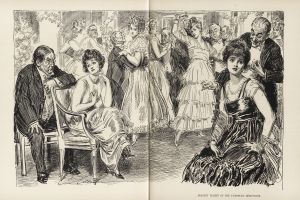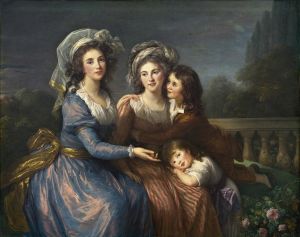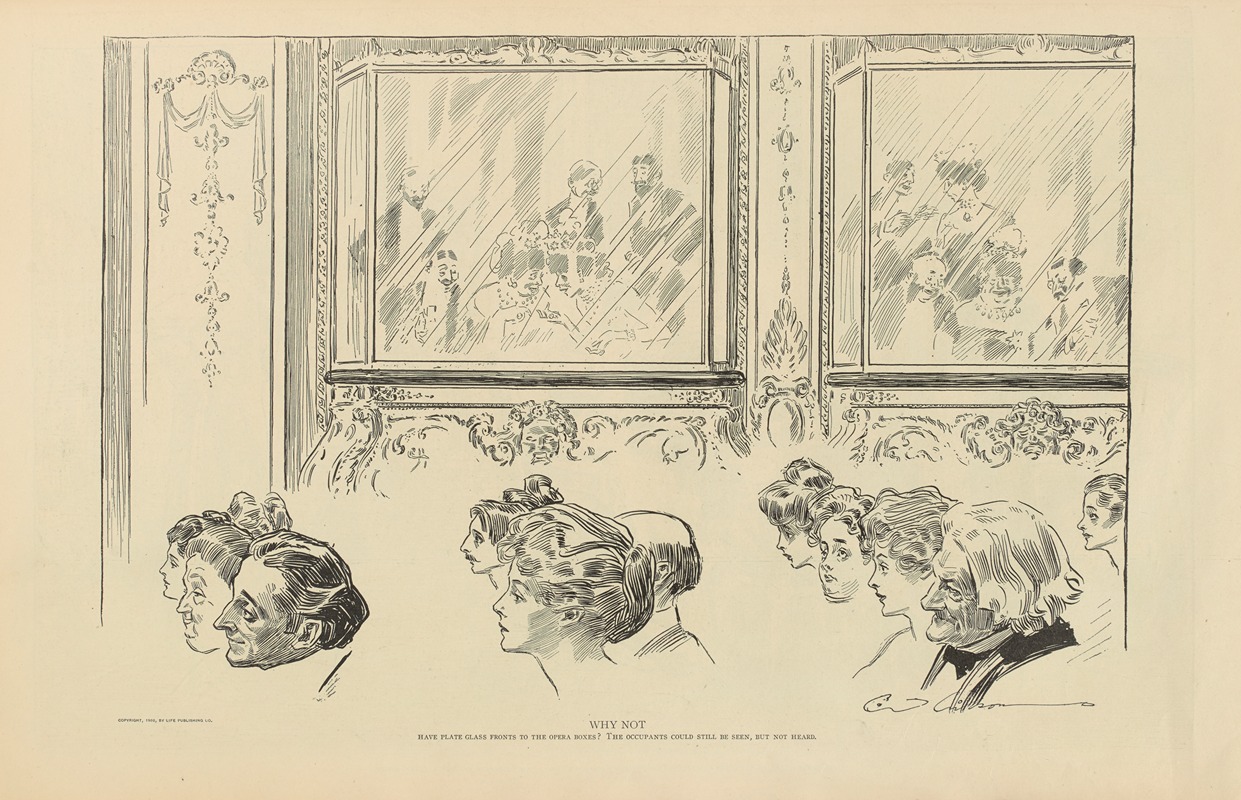
Why not
A hand-painted replica of Charles Dana Gibson’s masterpiece Why not, meticulously crafted by professional artists to capture the true essence of the original. Each piece is created with museum-quality canvas and rare mineral pigments, carefully painted by experienced artists with delicate brushstrokes and rich, layered colors to perfectly recreate the texture of the original artwork. Unlike machine-printed reproductions, this hand-painted version brings the painting to life, infused with the artist’s emotions and skill in every stroke. Whether for personal collection or home decoration, it instantly elevates the artistic atmosphere of any space.
Charles Dana Gibson was an influential American illustrator best known for his creation of the "Gibson Girl," a representation of the idealized American woman at the turn of the 20th century. Among his numerous works, "Why Not" stands out as a notable illustration that captures the essence of his artistic style and social commentary.
"Why Not" is a black-and-white illustration that exemplifies Gibson's keen eye for detail and his ability to convey complex social themes through simple yet powerful imagery. The illustration typically features a young woman, characterized by the signature Gibson Girl attributes: elegance, confidence, and a sense of independence. These attributes were revolutionary at the time, as they challenged the traditional roles and perceptions of women in society.
Gibson's work, including "Why Not," often explored themes of gender roles and societal expectations. The Gibson Girl was portrayed as both beautiful and intelligent, embodying a new era of female empowerment. This was a significant departure from previous depictions of women, which often limited them to domestic roles. The Gibson Girl, and by extension the illustration "Why Not," suggested that women could be both fashionable and intellectually capable, a notion that resonated with the changing attitudes of the early 1900s.
The impact of Gibson's work was profound, influencing not only art and illustration but also fashion and popular culture. The Gibson Girl became a cultural icon, setting trends in clothing, hairstyles, and attitudes. Women began to emulate the style and demeanor of the Gibson Girl, seeking to embody the independence and sophistication that she represented. This cultural shift was indicative of the broader changes occurring in society, as women began to assert more control over their lives and seek greater opportunities outside the home.
"Why Not" and other illustrations by Gibson were published in popular magazines of the time, such as Life and Scribner's, reaching a wide audience and further cementing the Gibson Girl's place in American culture. The widespread popularity of these illustrations helped to normalize the idea of the modern woman, contributing to the early feminist movement and the eventual push for women's suffrage.
Charles Dana Gibson's legacy as an illustrator is marked by his ability to capture the spirit of his time and influence the cultural landscape. "Why Not" is a testament to his skill and vision, reflecting the aspirations and challenges of women in the early 20th century. Through his art, Gibson not only entertained but also provoked thought and discussion about the evolving role of women in society. His work remains a significant part of American art history, offering insight into the cultural dynamics of a bygone era.





